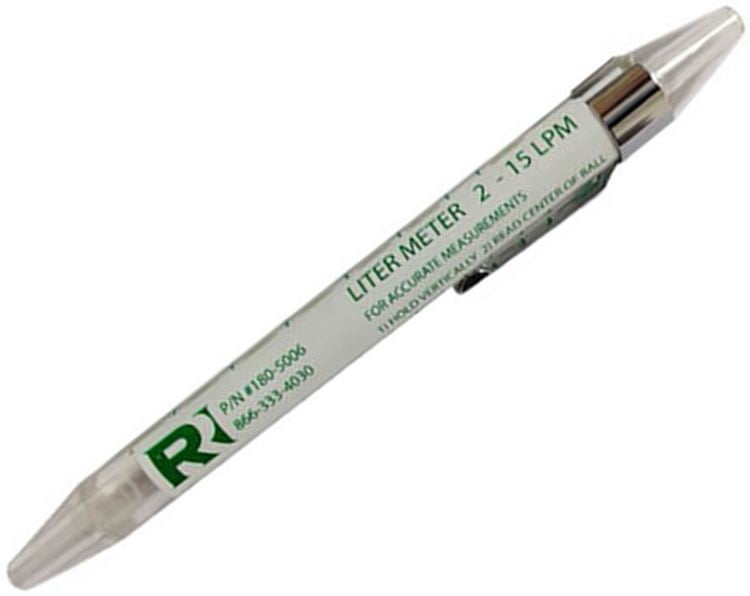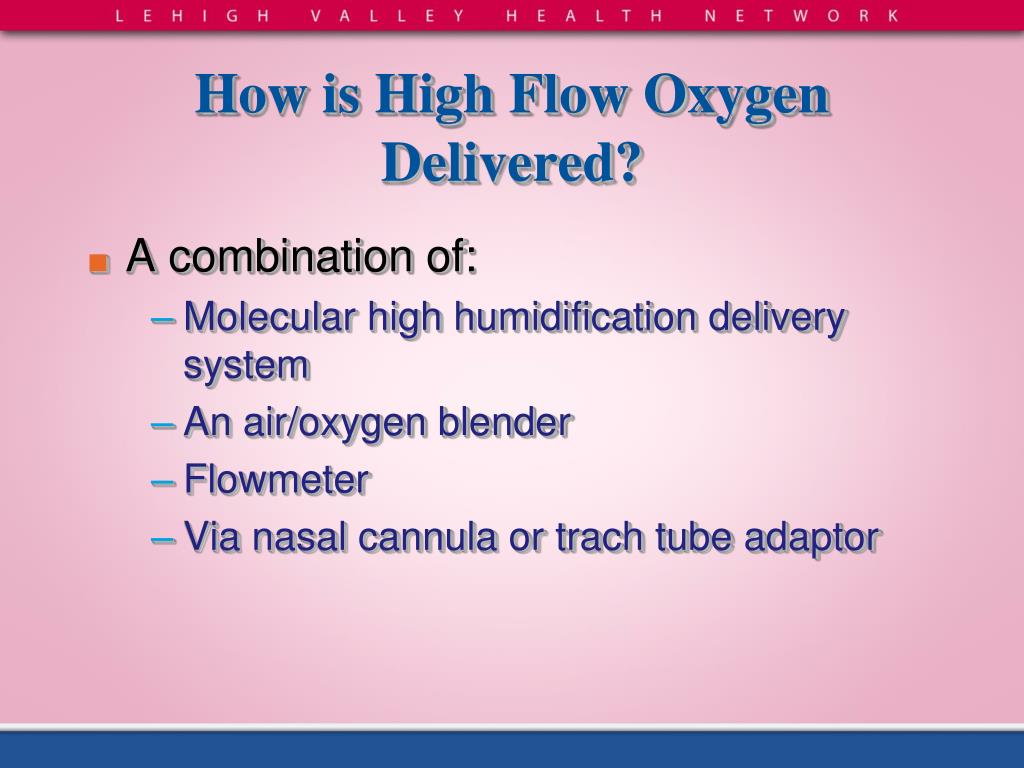
Our objectives were to compare HFNT- and NIV-induced changes in inspiratory work of breathing assessed noninvasively by the thickening fraction of the diaphragm (TFdi), breathing pattern, CO 2 level, hemodynamics, dyspnea and comfort. We hypothesized that HFNT and NIV would similarly reduce the work of breathing and improving breathing pattern in patients requiring ventilator support for CF exacerbations. No study has compared the physiological effects of HFNT and NIV in adult CF patients requiring ventilator support. Additionally, a non-interrupted delivery of the technique with simple nasal prongs might improve comfort and tolerability compared to NIV via total face mask. From a physiological standpoint, this device could help CF patients with exacerbations in particular by improving gas exchange, reducing respiratory workload through reducing dead space, compensating for PEEPi and facilitating mucus clearance. CF is a unique respiratory disease with chronic, progressive, mixed obstructive–restrictive respiratory failure. However, the current evidence of using HFNT in patients with hypercapnic acute respiratory failure is limited. Studies have demonstrated the benefits of HFNT in acute hypoxemic respiratory failure, after cardiothoracic surgery and in the prevention of postextubation failure among unselected cohorts of critically ill patients during weaning from invasive mechanical ventilation. Furthermore, it could help to facilitate secretion clearance from the humidified gas. The high flow rates generate small amounts of positive end-expiratory pressure (PEEP) that may help counterbalance the effects of intrinsic PEEP (PEEPi) on work of breathing and might act by washing out of the physiological dead space. HFNT is a system delivering actively heated and fully humidified gas mixture with flow rates up to 60 L/min and adjustable FiO 2 from 21 to 100%. NIV is a cornerstone therapy for hypercapnic acute respiratory failure, but there is also an increasing interest in high-flow nasal therapy (HFNT) as a potential alternative treatment in this indication.

NIV has been shown to unload the respiratory muscles, increase alveolar ventilation and gas exchange and reverse the rapid and shallow breathing pattern commonly adopted by CF patients with advanced lung disease. Although no international recommendations currently exist, these exacerbations are frequently treated with noninvasive ventilation (NIV). Patients with CF experience exacerbations with hypercapnic respiratory failure associated with increased respiratory workload that may require intensive care unit (ICU) admission due to the inability of the respiratory muscles to compensate for an increased demand. Michael’s Hospital (REB #14-338) and (NCT02262871).Ĭystic fibrosis (CF) is the most common autosomal recessive disorder in Caucasian populations.
#High flow oxygen at home trial#
Clinical trial registrationĮthics Committee of St. In adult CF patients stabilized after indication for ventilatory support, HFNT and NIV have similar effects on diaphragmatic work per breath, but high-flow therapy confers additional physiological benefits by decreasing respiratory rate and minute ventilation. No differences were found for heart rate, SpO 2, PtcCO 2 or dyspnea.


Comfort was poorer with the application of both HFNT and NIV than baseline. MAP increased from baseline with NIV and compared to HFNT ( p ≤ 0.01). TFdi per breath was similar under the two techniques and did not change from baseline. Patients also took slightly larger tidal volumes with HFNT compared to NIV ( p = 0.02). Compared to baseline, HFNT, but not NIV, reduced respiratory rate (by 3 breaths/min, p = 0.01) and minute ventilation (by 2 L/min, p = 0.01). MethodsĪdult CF patients who had been stabilized after requiring ventilatory support for a few days were enrolled and ventilated with HFNT and NIV for 30 min in crossover random order.

Our objective was to compare the effects of HFNT versus NIV in terms of work of breathing, assessed noninvasively by the thickening fraction of the diaphragm (TFdi, measured with ultrasound), breathing pattern, transcutaneous CO 2 (PtcCO 2), hemodynamics, dyspnea and comfort. We hypothesized that HFNT and NIV would similarly reduce work of breathing and improving breathing pattern in CF patients. High-flow nasal oxygen therapy (HFNT) might benefit patients with hypoxemia and can reduce physiological dead space. Noninvasive ventilation (NIV) is the first-line treatment of adult patients with exacerbations of cystic fibrosis (CF).


 0 kommentar(er)
0 kommentar(er)
